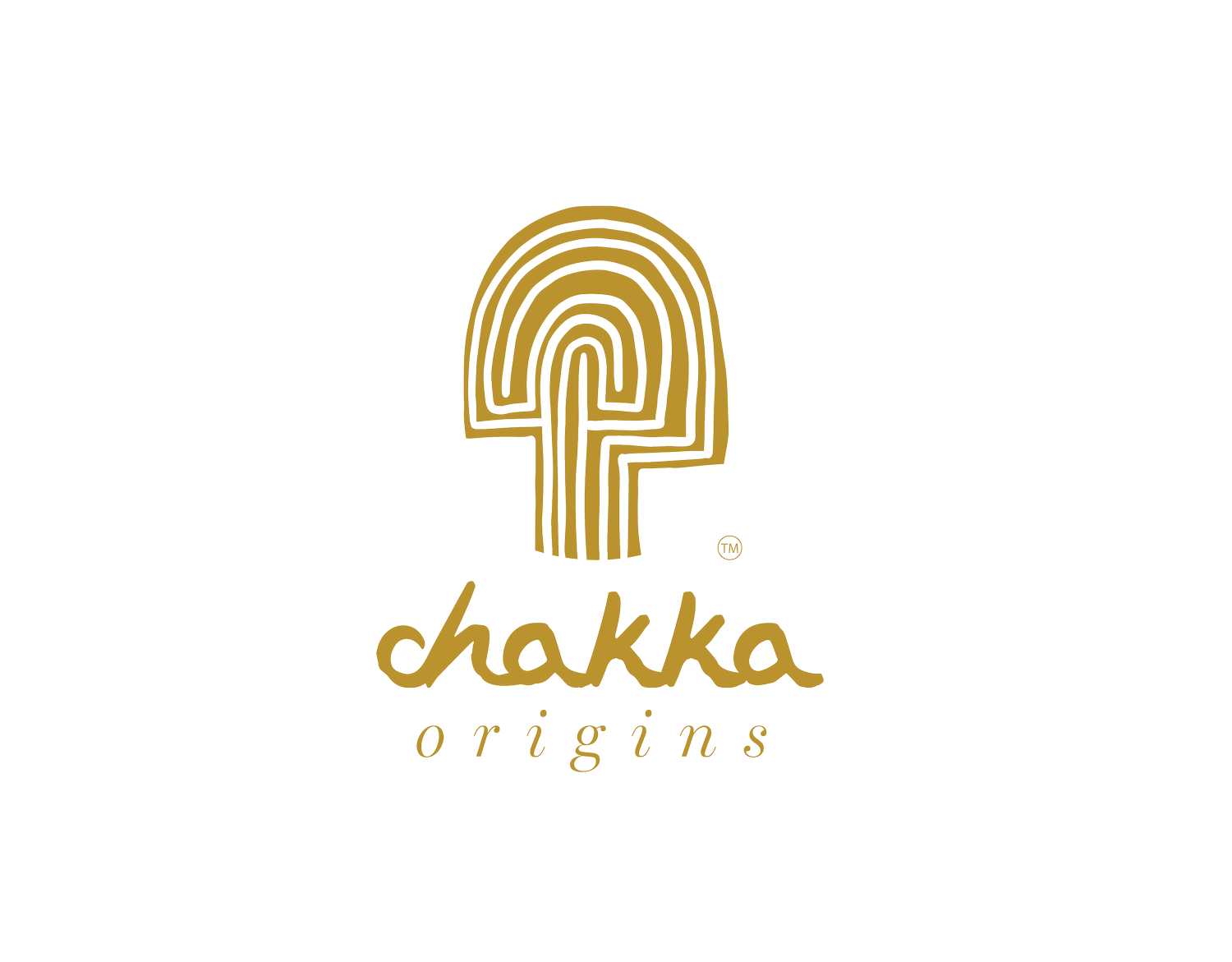HERBS AND SPICES
Korrorima / Ethiopian Cardamom
Ethiopian Cardamom, also known as false cardamom (or Aframomum corrorima), is a spice native to Ethiopia, with a flavor profile similar to the more common cardamom varietals yet distinct with its more dramatic warm and citrusy aroma when used in flavoring and fragrances.
In traditional Ethiopian medicine, Ethiopian Cardamom has been used to treat various health issues, including digestive issues, as a decongestant and for various stomach ailments.
Tikur Azmud / Black Cumin
Black Cumin, referred to as Nigella sativa, is a small flowering plant endemic to Ethiopia amongst other origin countries, with seeds that have been used for centuries in traditional medicine and culinary practices. The seeds have a slightly bitter, pepper flavor, believed to strengthen the immune system and promote wellness.
The oil extracted from Black Cumin seeds is used topically to soothe rough skin, and on scalp to moisture, soften and hydrate hair that is dry.
Azmarino / Rosemary
Rosemary is an aromatic evergreen herb native to the Mediterranean region, known for its pine-like fragrance and needle-shaped leaves, widely used in culinary applications to flavor dishes, as well as in traditional medicine and aromatherapy for its calming properties.
Rosemary-infused oil is traditionally used for hair care to stimulate hair growth, improve scalp health, and add shine to the hair. Rosemary is also widely used as a culinary herb to flavor various dishes. It adds a distinctive and aromatic taste to roasted meats, soups, stews, and bread.
Besso Bila / Holy Basil
Holy Basil, also known as Tulsi, is a unique varietal of herbs, valued for its aromatic leaves and traditionally used for stress-relieving effects. Its calming aroma in fragrance formulation, and soothing function in tea makes it doubly exciting.
Holy Basil is considered an adaptogenic herb, believed to help the body promote overall well-being. It has been used to alleviate respiratory issues, including coughs, colds, and bronchitis.
Kosseret / Lippia Adoensis
Kosseret is an indigenous perennial herb widely used in culinary preparations in Ethiopia. Its sweet mint effect gives it the perfect tea flavor.
In Ethiopian and Eritrean dishes, its aromatic leaves are added to stews, sauces, butter and various food preparations to enhance the flavor and provide a unique peppery-mint taste.
Berbere
Berbere is a traditional Ethiopian spice blend, typically made from a mixture of dried red chili peppers, various herbs, and spices such as ginger, fenugreek, coriander, cumin, cinnamon, and cloves. It is used to season and add a complex and fiery flavor to Ethiopian dishes, particularly stews and meat-based recipes.
Berbere is often used as a marinade for meats, adding a spicy and flavorful kick to grilled or roasted dishes. Berbere is a key ingredient in many Ethiopian dishes, particularly in traditional stews like Doro Wat (chicken stew) and Misir Wat (lentil stew). It adds depth, heat, and a rich aroma to these dishes.
BOTANICALS
Tej Sar / Lemongrass
Lemongrass is a tropical plant with a citrus flavor and fragrance, commonly used in Asian cuisines, herbal teas, and traditional medicine. It has a calming effect in both aroma diffusion and in herbal tea consumption.
In traditional medicine, lemongrass is used for its support in digestive relief, reducing fever like symptoms, alleviating anxiety, and promoting relaxation.
Nana / Peppermint
Peppermint is a herbaceous plant known for its refreshing aroma and cooling sensation, widely utilized in culinary, medicinal, and aromatherapy applications.
The aroma of peppermint has been used to promote energizing effects, relief muscle tension, reduce stress, and enhance mental clarity.
FLOWERS
Kerkede / Hibiscus
Hibiscus is a flowering plant known for its vibrant, trumpet-shaped flowers and has been used traditionally to make herbal tea. With its tangy flavor, one of the most common and well-known uses of Hibiscus is making herbal tea from its dried calyxes, the outer portion of the flower. It is said to reduce high pressure points in the body.
Hibiscus tea, also known as sour or roselle tea, is consumed in many countries and is known for its vibrant red color and sour flavor. The vibrant hue of Hibiscus is also used in natural food coloring.
Kamomila / Chamomile
Chamomile is a daisy-like herb, available in two common varieties, German chamomile and Roman chamomile, and is well-known for its use in herbal teas, renowned for its soothing properties and potential health benefits.
Chamomile tea is one of the most popular and well-known traditional uses of this herb. The tea is made from dried chamomile flowers and is known for its soothing and calming properties, often used to promote relaxation and aid in sleep. Chamomile tea has been used to alleviate respiratory issues, such as coughs and congestion, and to soothe sore throats.
Buna / Coffee
Coffee is a popularly brewed beverage made from roasted coffee beans, known for its stimulating effects due to its high caffeine content.
Ethiopia is the birthplace for Coffee Arabica, and coffee is central to the culture, with traditional Ethiopian coffee ceremony as a symbol of hospitality and friendship. It involves roasting green coffee beans over a charcoal stove, spreading its aroma for good omens across the house, grinding the roasted beans with a mortar and pestle, and brewing the coffee in a clay pot (known as Jebena). The coffee is then served in small cups and often accompanied by snacks such as popcorn or roasted and salted barley.











